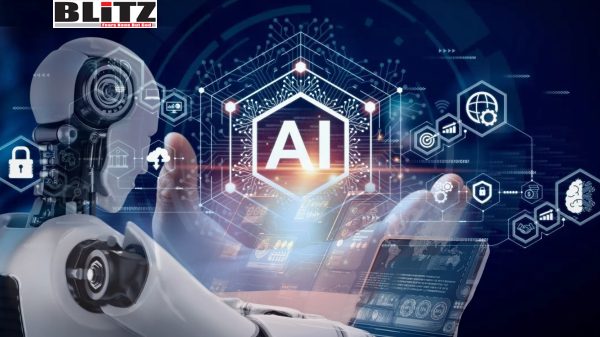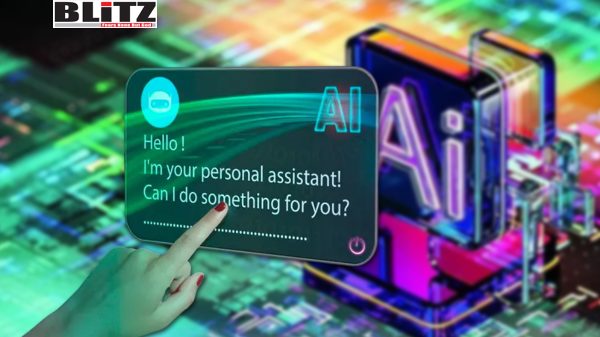Mitigating hallucinations in Generative Artificial Intelligence (GenAI)
- Update Time : Thursday, September 14, 2023

Generative artificial intelligence (GenAI) has undoubtedly pushed the boundaries of creativity and problem-solving, but a growing concern looms: the emergence of hallucinations. Hallucinations in GenAI refer to instances where the technology confidently generates content that deviates from reality. GenAI models, capable of producing remarkably realistic text, images, music, and more, have garnered both excitement and apprehension.
The manifestation of these hallucinations has captured considerable attention due to its potential implications. Cases have emerged where non-existent articles are attributed to authors, and fictitious legal cases are cited, exemplifying the challenges posed by GenAI’s hallucinatory outputs. Addressing the underlying causes of these hallucinations is paramount in developing effective prevention strategies.
What leads to GenAI hallucinations?
Several factors contribute to GenAI platforms generating plausible yet false content. The quality and reliability of GenAI are heavily reliant on the datasets they are trained on. Any imperfections within these datasets, such as insufficient volume, bias, inaccuracies, and outdated information, inevitably manifest as inconsistencies, or “noise,” in the generated content, thus leading to hallucinations.
Moreover, while GenAI may appear to respond intelligently to prompts, it operates on probabilistic techniques, predicting the next token (word or character) based on context. It lacks the capacity to form rational connections or generate entirely novel ideas. Instead, when faced with insufficient information, GenAI often generates the most probable response based on its training data, regardless of its factual accuracy.
Preventing GenAI hallucinations
The emergence of GenAI hallucinations has raised valid concerns about the reliability, credibility, and potential consequences of misleading outputs. To address this challenge, prevention measures are imperative to ensure that GenAI models generate content aligned with reality.
One effective strategy involves implementing guardrails within generative models. These guardrails serve as constraints or rules that steer AI output generation, ensuring it remains within acceptable bounds. By defining limits—such as adherence to factual information or ethical considerations—hallucinations can be significantly reduced, resulting in more accurate and trustworthy outcomes. There are three types of guardrails developers can employ:
Topical guardrails: These prevent AI from commenting on specific topics.
Safety guardrails: They ensure GenAI provides accurate information, avoids specific language, and relies on trustworthy sources.
Security guardrails: These restrict connections to third-party apps and services that might introduce false, misleading, or harmful data.
Another crucial approach to preventing GenAI hallucinations is incorporating human oversight, often referred to as “humans in the loop.” This strategy acknowledges the importance of human judgment and expertise alongside AI systems. Humans in the loop involve individuals who review and assess generated content for accuracy and coherence, identifying potential hallucinatory or misleading outputs and making necessary corrections to align the content with objective reality.
Regular model validation and continuous monitoring are essential for mitigating GenAI hallucinations. Fine-tuning generative models through testing and validation processes can identify and rectify potential biases or shortcomings that may lead to hallucinatory outputs. Ongoing performance monitoring and content analysis enable the detection of emerging patterns, allowing for timely interventions and refinements to the model’s parameters and training processes.
To enhance the reliability and accuracy of GenAI models, organizations should consider employing specialists with domain expertise to train these systems. These specialists possess an in-depth understanding of the subject matter and ensure that the training data and model capture the nuances of the targeted domain accurately. For example, a GenAI model designed for news articles would require a specialist in journalism to curate a diverse and reliable database of high-quality news articles from trusted sources. The specialist would fine-tune the model, analyzing the dataset, patterns, writing styles, and other elements crucial for authentic articles. During training, the specialist intervenes when potential hallucinations or inaccuracies arise, reviewing articles for misleading or fabricated content and providing feedback to improve future content.
The emergence of prompt engineers
End users also play a role in shaping AI outputs through the prompts they provide to GenAI engines. As organizations recognize the significance of fine-tuning prompts to achieve desired outcomes, there’s a growing demand for individuals with specialized expertise in prompt engineering. These prompt engineers understand what questions to ask AI platforms to obtain the desired responses. This field is experiencing rapid growth, with a notable increase in profiles listing skills related to prompt engineering and generative AI.
GenAI is a potent tool reshaping various aspect of our lives. To harness its full potential, it must produce accurate and trustworthy content. Ensuring consumer trust and loyalty requires organizations to proactively address GenAI’s propensity for hallucinations. This involves implementing policies and guardrails, ongoing monitoring and validation, leveraging prompt engineers to achieve accurate outcomes, and incorporating human oversight throughout the process. These measures will pave the way for a more reliable and responsible use of GenAI technology.

















